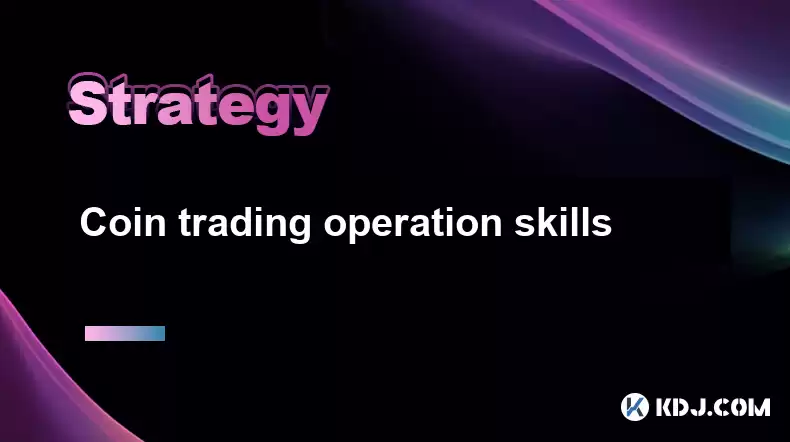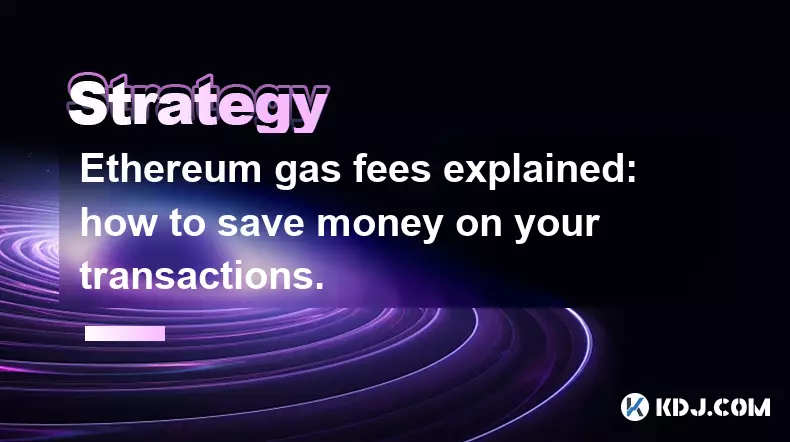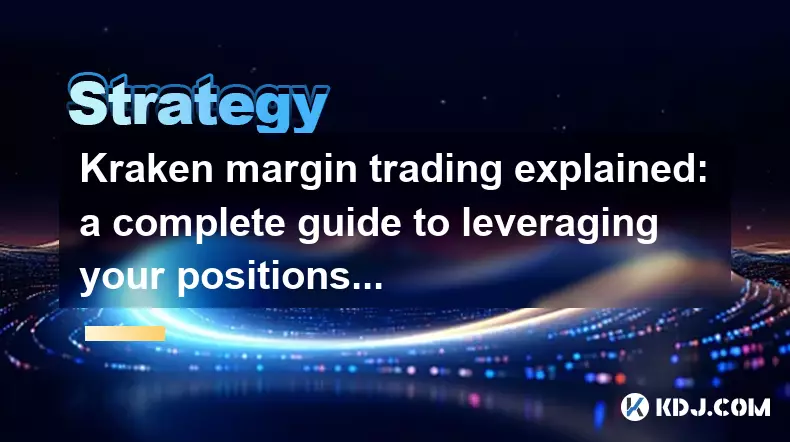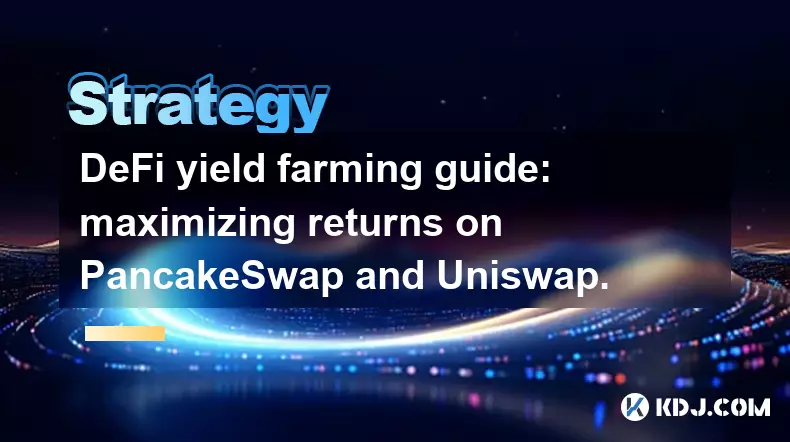-
 bitcoin
bitcoin $101752.865364 USD
-1.09% -
 ethereum
ethereum $3382.985899 USD
-1.38% -
 tether
tether $0.999658 USD
0.04% -
 xrp
xrp $2.272505 USD
-1.51% -
 bnb
bnb $989.089004 USD
0.14% -
 solana
solana $156.962612 USD
-3.08% -
 usd-coin
usd-coin $0.999776 USD
0.01% -
 tron
tron $0.290786 USD
-0.69% -
 dogecoin
dogecoin $0.174594 USD
-2.86% -
 cardano
cardano $0.560085 USD
-3.55% -
 hyperliquid
hyperliquid $40.023704 USD
-5.75% -
 chainlink
chainlink $15.324649 USD
-2.78% -
 bitcoin-cash
bitcoin-cash $493.576540 USD
-3.52% -
 zcash
zcash $571.320038 USD
-12.05% -
 stellar
stellar $0.280066 USD
-4.26%
Coin trading operation skills
Mastering cryptocurrency trading requires a comprehensive understanding of technical analysis, risk management, and trading psychology, combined with skills such as evaluating liquidity and market depth and selecting the appropriate exchange.
Jan 10, 2025 at 04:07 pm

- Mastering Technical Analysis: Analyzing price trends and patterns to identify potential trading opportunities.
- Risk Management: Establishing strategies to manage potential losses and protect capital.
- Order Types: Understanding different order types, such as market orders, limit orders, and stop-loss orders.
- Trading Psychology: Controlling emotions and biases that can hinder decision-making.
- Staying Informed: Keeping up-to-date on market news, regulations, and industry trends.
- Liquidity and Market Depth: Assessing the availability of liquidity and the depth of the order book.
- Choosing the Right Exchange: Selecting a reputable and reliable cryptocurrency exchange.
- Spot and Futures Trading: Understanding the differences and choosing the appropriate trading method.
- Hedging and Arbitrage: Employing advanced strategies to reduce risk and maximize profits.
- Study candlestick patterns, support and resistance levels, and moving averages to identify price trends.
- Utilize technical indicators, such as the Relative Strength Index (RSI), Bollinger Bands, and Stochastic oscillator, to confirm trading decisions.
- Practice using technical analysis tools in both uptrending and downtrending markets.
- Determine an appropriate risk appetite and stick to it.
- Use stop-loss orders to limit potential losses if the market moves against the trade.
- Consider position sizing to ensure that losses do not exceed a certain percentage of the trading account.
- Market orders execute immediately at the current market price.
- Limit orders execute only when the price reaches a specified price level.
- Stop-loss orders execute to limit losses when the price falls to a certain level.
- Recognize and control emotions that can cloud judgment, such as fear and greed.
- Avoid revenge trading or trying to recoup losses hastily.
- Set realistic profit targets and stick to them.
- Follow reputable news sources for up-to-date information on market trends, regulations, and industry developments.
- Join online communities and forums to connect with experienced traders and learn from others.
- Attend industry conferences and events to gain insights and network with professionals.
- Assess the liquidity of a particular coin by checking the trading volume and order book depth.
- Higher liquidity means the coin can be bought or sold more easily without affecting the price significantly.
- Market depth refers to the number of buy and sell orders at different price levels.
- Consider factors such as fees, supported coins, security measures, and customer service.
- Read online reviews and compare exchanges to find the one that best suits your trading needs.
- Ensure the exchange is regulated or has a proven track record.
- Spot trading involves buying and selling coins for immediate delivery and settlement.
- Futures trading involves contracts to buy or sell coins at a specified price on a future date.
- Futures offer leverage and the potential for higher profits, but also come with increased risk.
- Hedging involves using a combination of positions to reduce risk.
- Arbitrage takes advantage of price differences between different exchanges to profit from the spread.
- These strategies require advanced trading skills and a deep understanding of the cryptocurrency market.
Q: What is the best technical analysis indicator?A: There is no single "best" indicator. Different indicators are suitable for different market conditions and trading styles.
Q: How do I choose a stop-loss level?A: Set a stop-loss at a price that protects your desired level of profit or limits your losses to a tolerable percentage.
Q: Which exchange is the most reliable?A: Binance, Coinbase, and Kraken are among the most reputable and trusted exchanges in the cryptocurrency industry.
Q: What is the difference between a hard stop and a soft stop?A: A hard stop triggers a trade immediately when reached, while a soft stop sends a notification without executing the trade.
Q: Is cryptocurrency trading legal in my country?A: Cryptocurrency regulations vary by country. Consult the relevant local authorities for up-to-date information.
Disclaimer:info@kdj.com
The information provided is not trading advice. kdj.com does not assume any responsibility for any investments made based on the information provided in this article. Cryptocurrencies are highly volatile and it is highly recommended that you invest with caution after thorough research!
If you believe that the content used on this website infringes your copyright, please contact us immediately (info@kdj.com) and we will delete it promptly.
- Ripple (XRP) in 2026: Hold or Fold? A Look at XRP's Future and Emerging DeFi Alternatives
- 2025-11-08 18:35:01
- Zcash ZEC Coin Price Explosion: From Privacy Niche to Center Stage
- 2025-11-08 18:55:01
- Berachain Price Prediction: Navigating the Honeycomb Hype in Crypto
- 2025-11-08 18:55:01
- Arthur Hayes, Gold, and Bitcoin: A Modern Monetary Trinity?
- 2025-11-08 19:15:01
- Shiba Inu's Next Move: Navigating a Shifting Market
- 2025-11-08 19:20:01
- Pakistan's Crypto Crossroads: Balancing Opportunity with Asset-Backed Realities
- 2025-11-08 19:20:01
Related knowledge

Navigating a crypto bear market: strategies for survival and profit.
Nov 05,2025 at 02:04pm
Navigating a Crypto Bear Market: Strategies for Survival and Profit Surviving a crypto bear market requires more than just patience—it demands strateg...

Ethereum gas fees explained: how to save money on your transactions.
Nov 04,2025 at 04:01pm
Ethereum Gas Fees: Understanding the Basics1. Ethereum operates on a decentralized network where every transaction requires computational power to exe...

Kraken margin trading explained: a complete guide to leveraging your positions.
Nov 04,2025 at 02:19pm
Kraken Margin Trading Overview1. Kraken is one of the most established cryptocurrency exchanges offering margin trading to experienced traders seeking...

NFT flipping for beginners: a step-by-step guide to profitable trading.
Nov 02,2025 at 11:54pm
NFT Flipping Basics: Understanding the Market1. NFT flipping involves purchasing non-fungible tokens at a lower price and reselling them for profit, o...

DeFi yield farming guide: maximizing returns on PancakeSwap and Uniswap.
Nov 05,2025 at 12:20am
Understanding Yield Farming on PancakeSwap and Uniswap1. Yield farming has become a central activity in the decentralized finance (DeFi) space, allowi...

How to find the next 100x altcoin: a fundamental analysis checklist.
Nov 02,2025 at 09:54pm
Decentralized Exchanges Are Reshaping Trading Dynamics1. Decentralized exchanges (DEXs) have emerged as a powerful alternative to centralized platform...

Navigating a crypto bear market: strategies for survival and profit.
Nov 05,2025 at 02:04pm
Navigating a Crypto Bear Market: Strategies for Survival and Profit Surviving a crypto bear market requires more than just patience—it demands strateg...

Ethereum gas fees explained: how to save money on your transactions.
Nov 04,2025 at 04:01pm
Ethereum Gas Fees: Understanding the Basics1. Ethereum operates on a decentralized network where every transaction requires computational power to exe...

Kraken margin trading explained: a complete guide to leveraging your positions.
Nov 04,2025 at 02:19pm
Kraken Margin Trading Overview1. Kraken is one of the most established cryptocurrency exchanges offering margin trading to experienced traders seeking...

NFT flipping for beginners: a step-by-step guide to profitable trading.
Nov 02,2025 at 11:54pm
NFT Flipping Basics: Understanding the Market1. NFT flipping involves purchasing non-fungible tokens at a lower price and reselling them for profit, o...

DeFi yield farming guide: maximizing returns on PancakeSwap and Uniswap.
Nov 05,2025 at 12:20am
Understanding Yield Farming on PancakeSwap and Uniswap1. Yield farming has become a central activity in the decentralized finance (DeFi) space, allowi...

How to find the next 100x altcoin: a fundamental analysis checklist.
Nov 02,2025 at 09:54pm
Decentralized Exchanges Are Reshaping Trading Dynamics1. Decentralized exchanges (DEXs) have emerged as a powerful alternative to centralized platform...
See all articles





















![The Graph Price Prediction [GRT Crypto Price News Today] The Graph Price Prediction [GRT Crypto Price News Today]](/uploads/2025/11/07/cryptocurrencies-news/videos/690d4df44fe69_image_500_375.webp)




















































